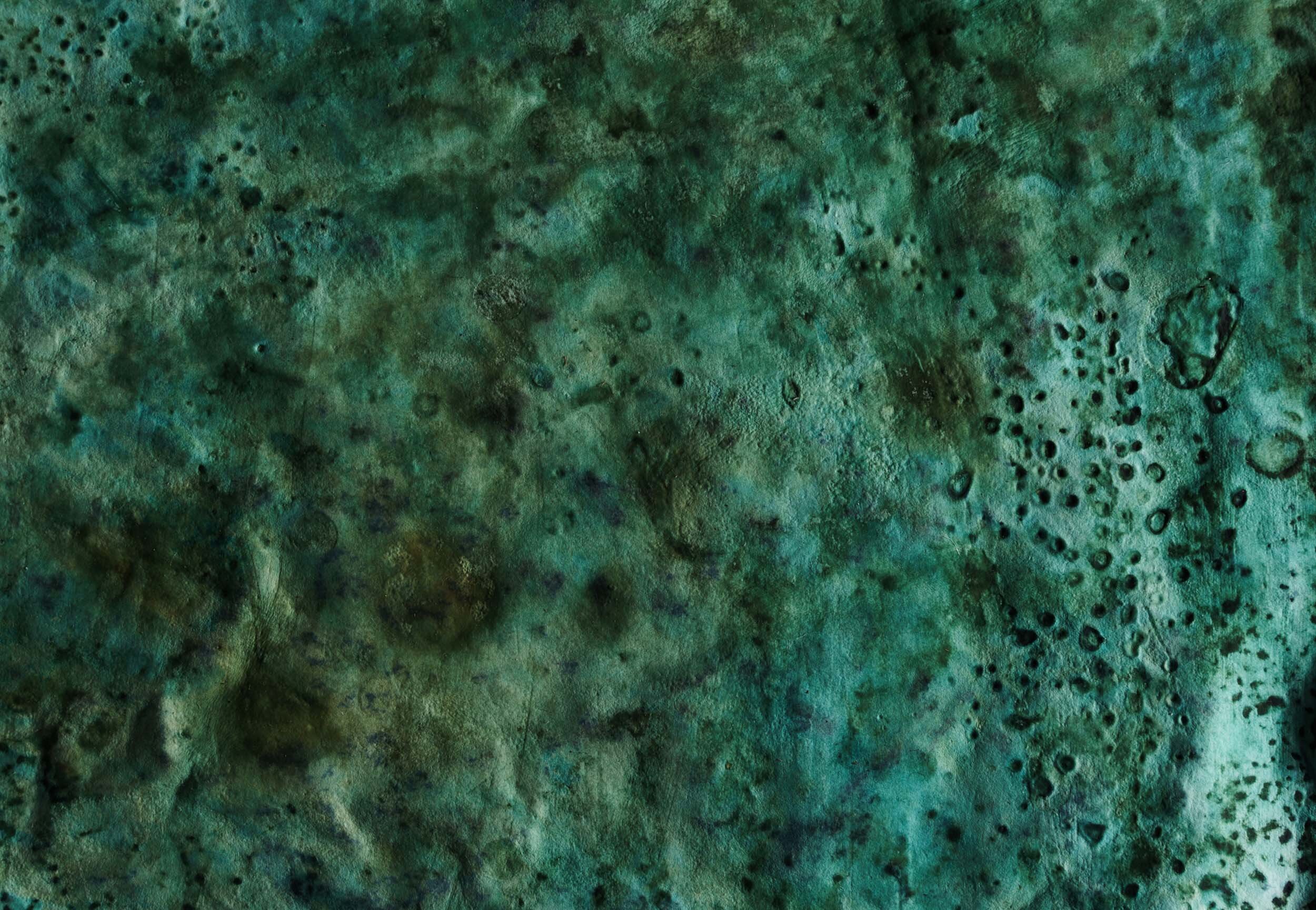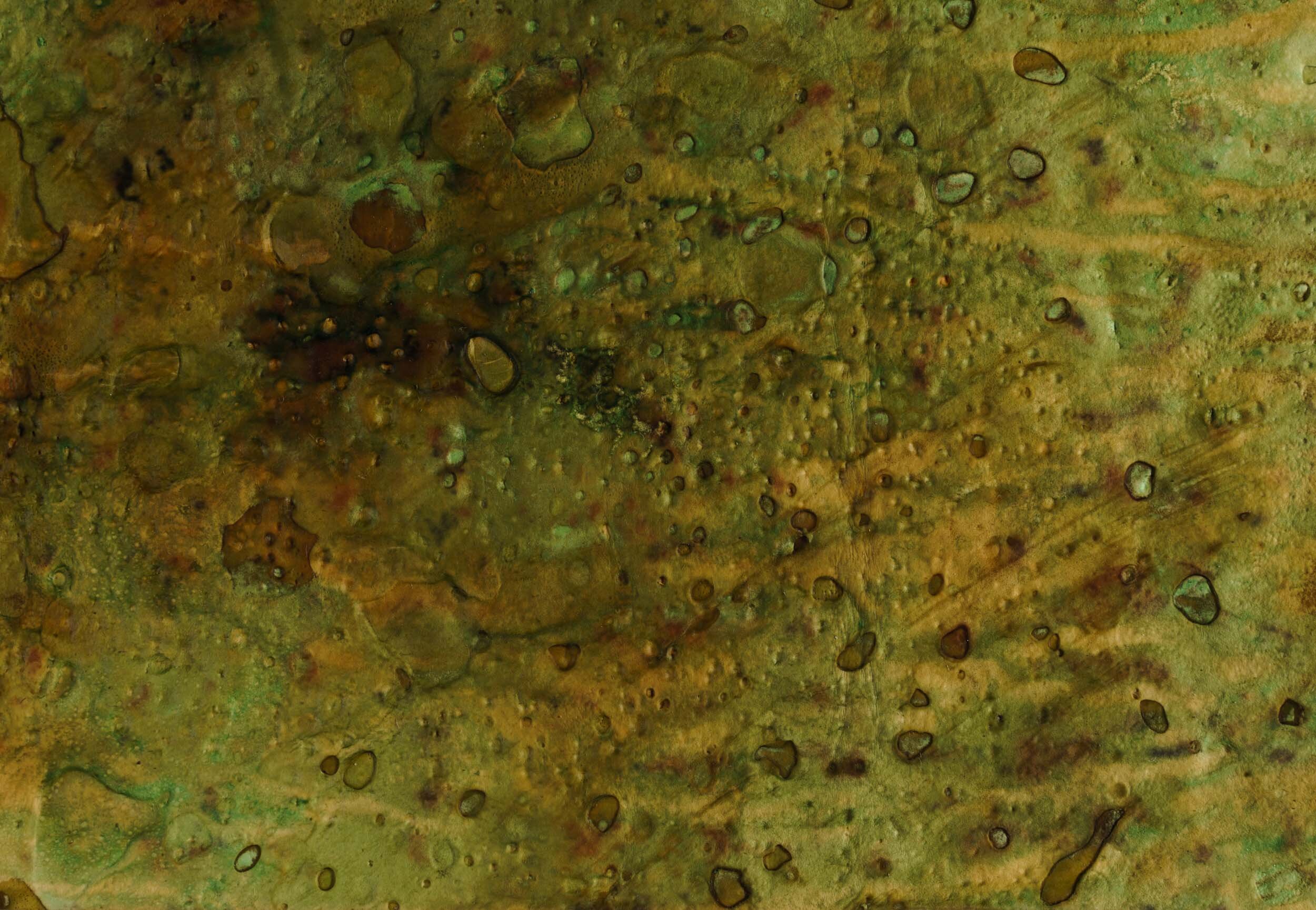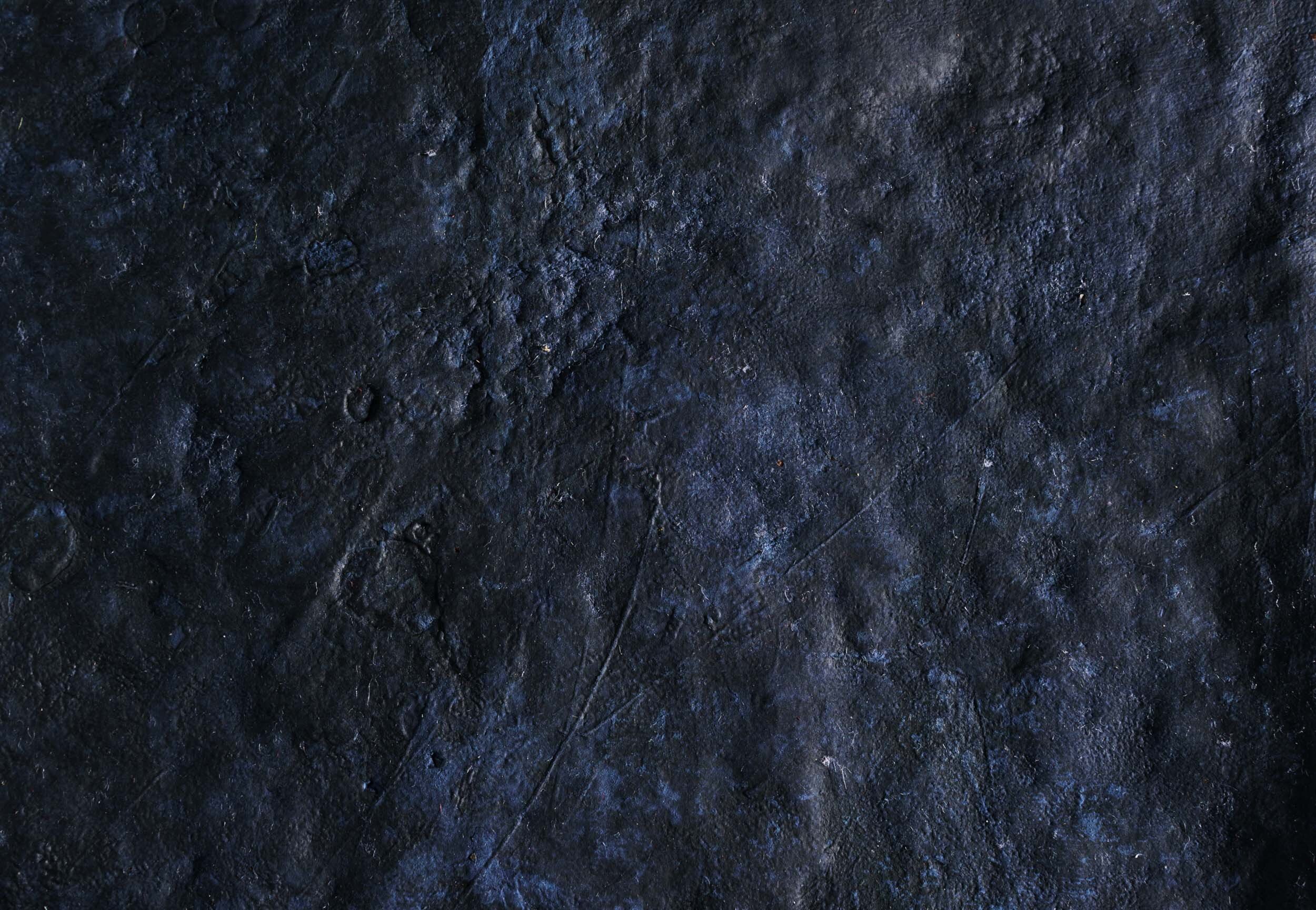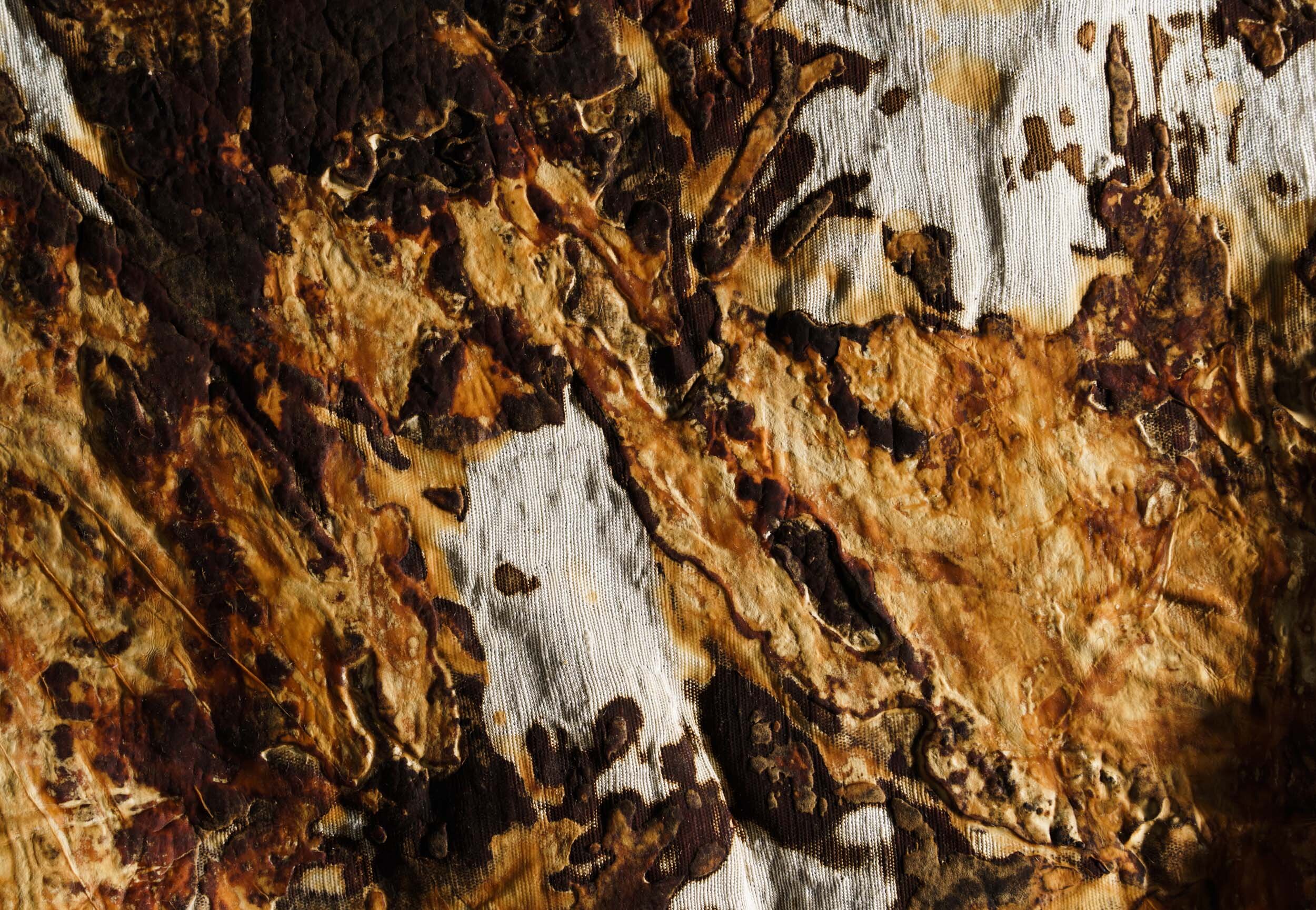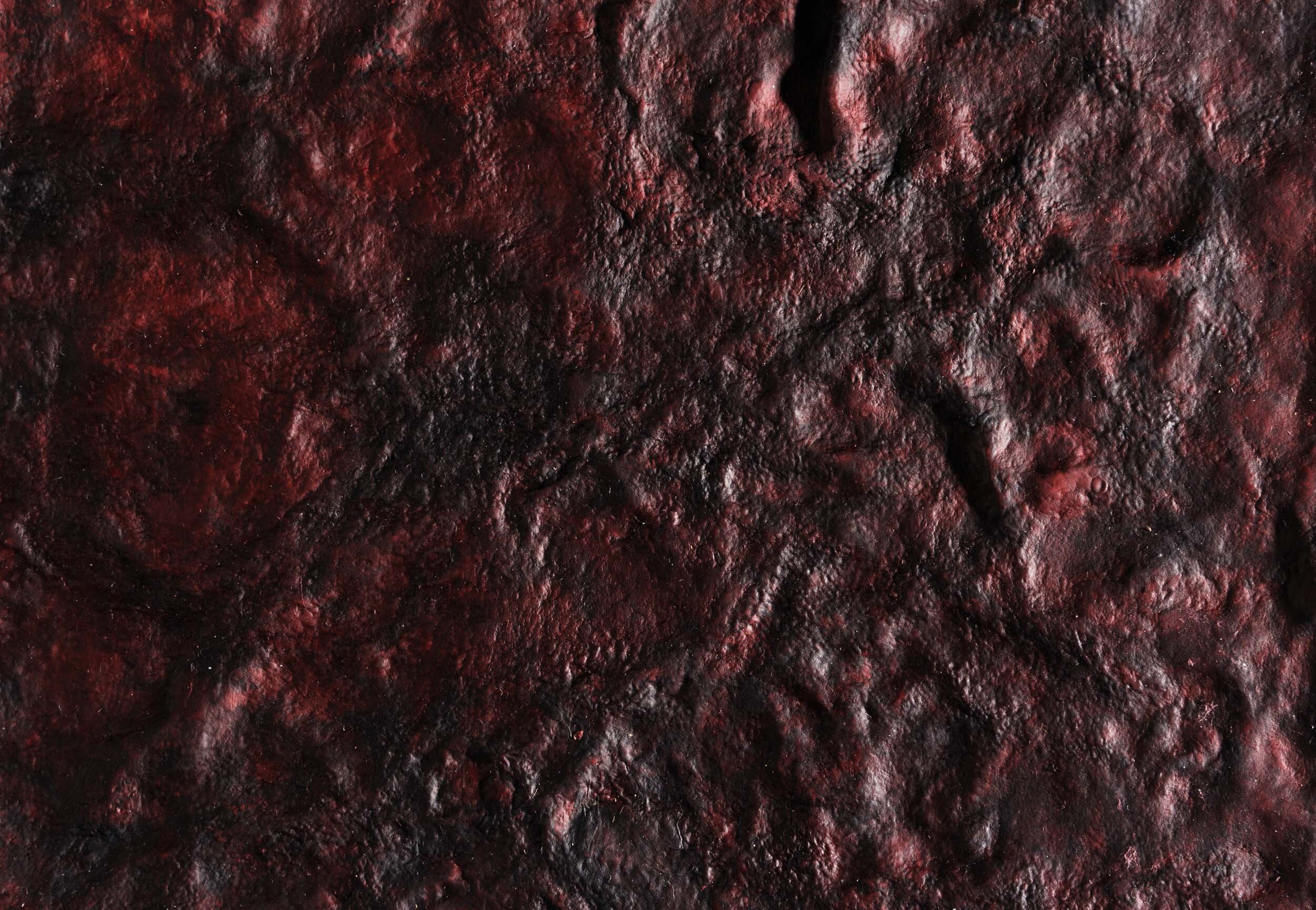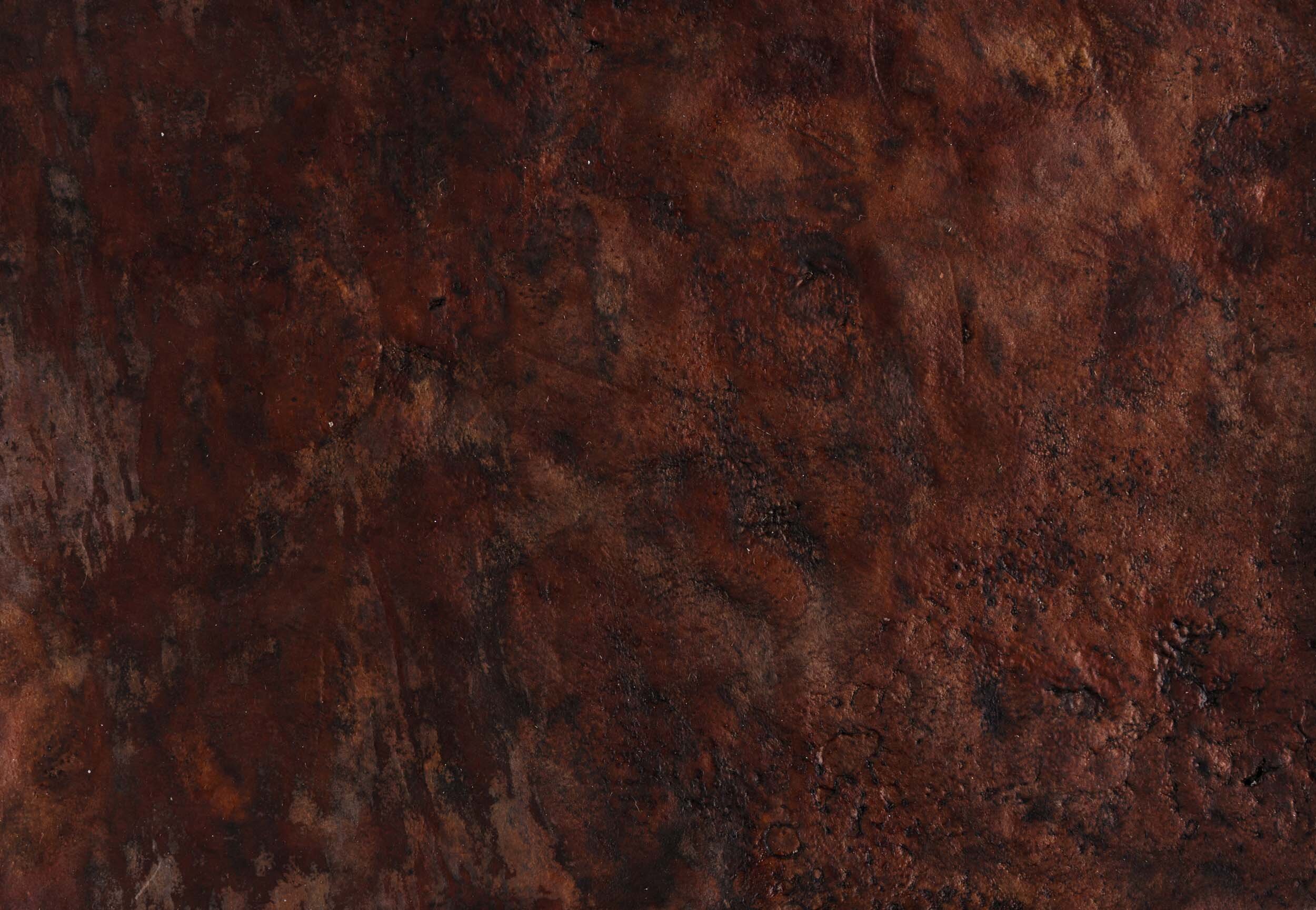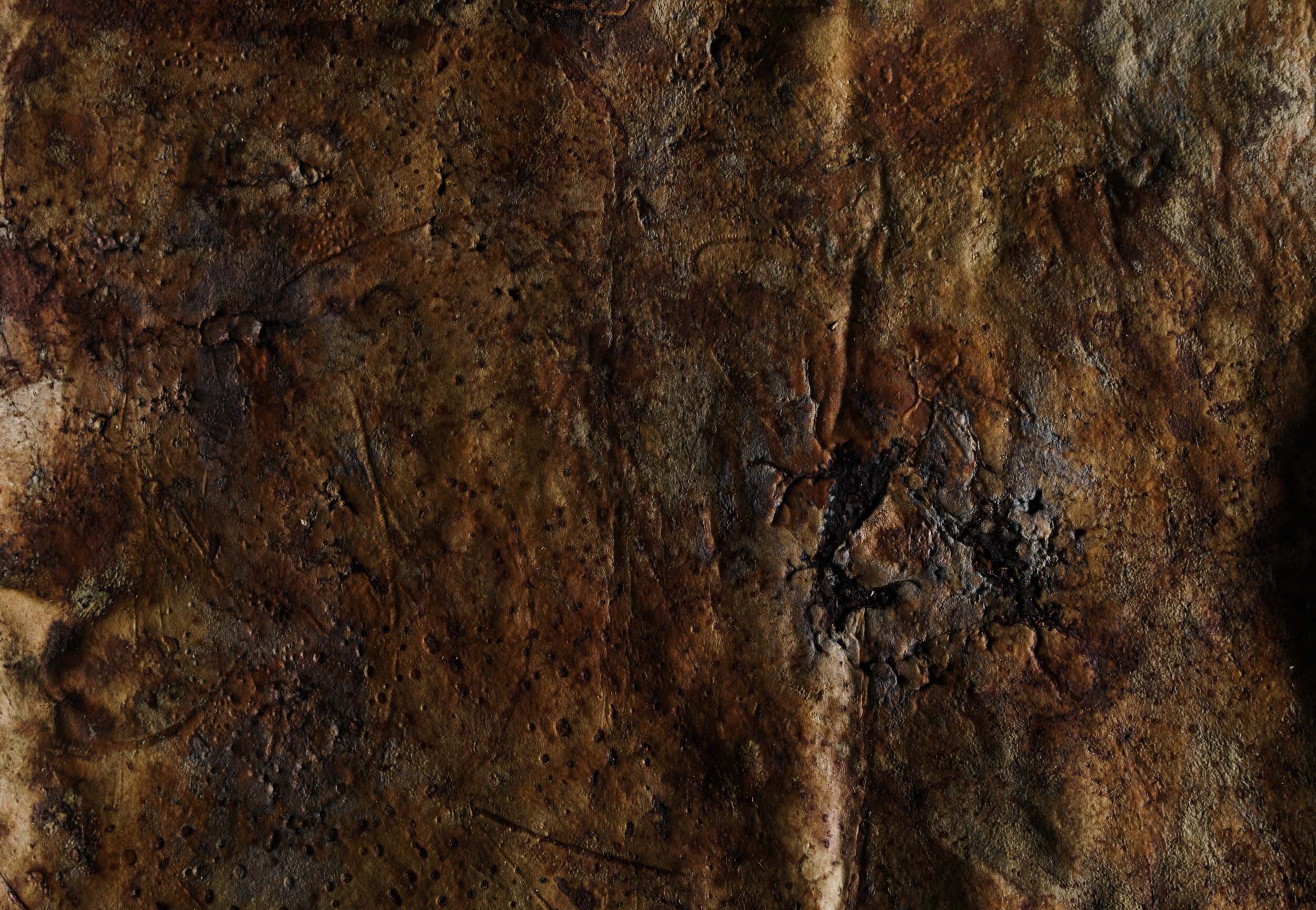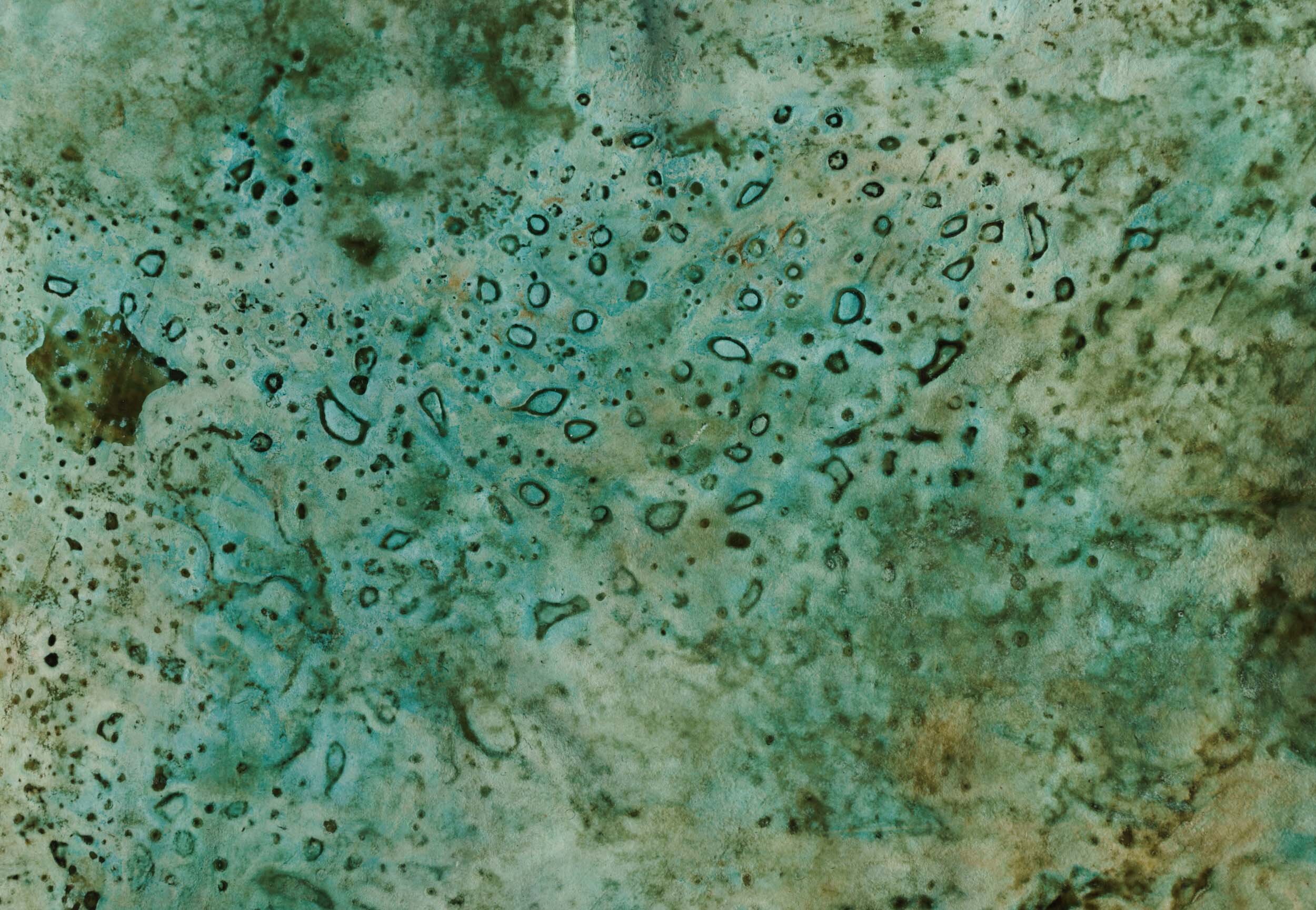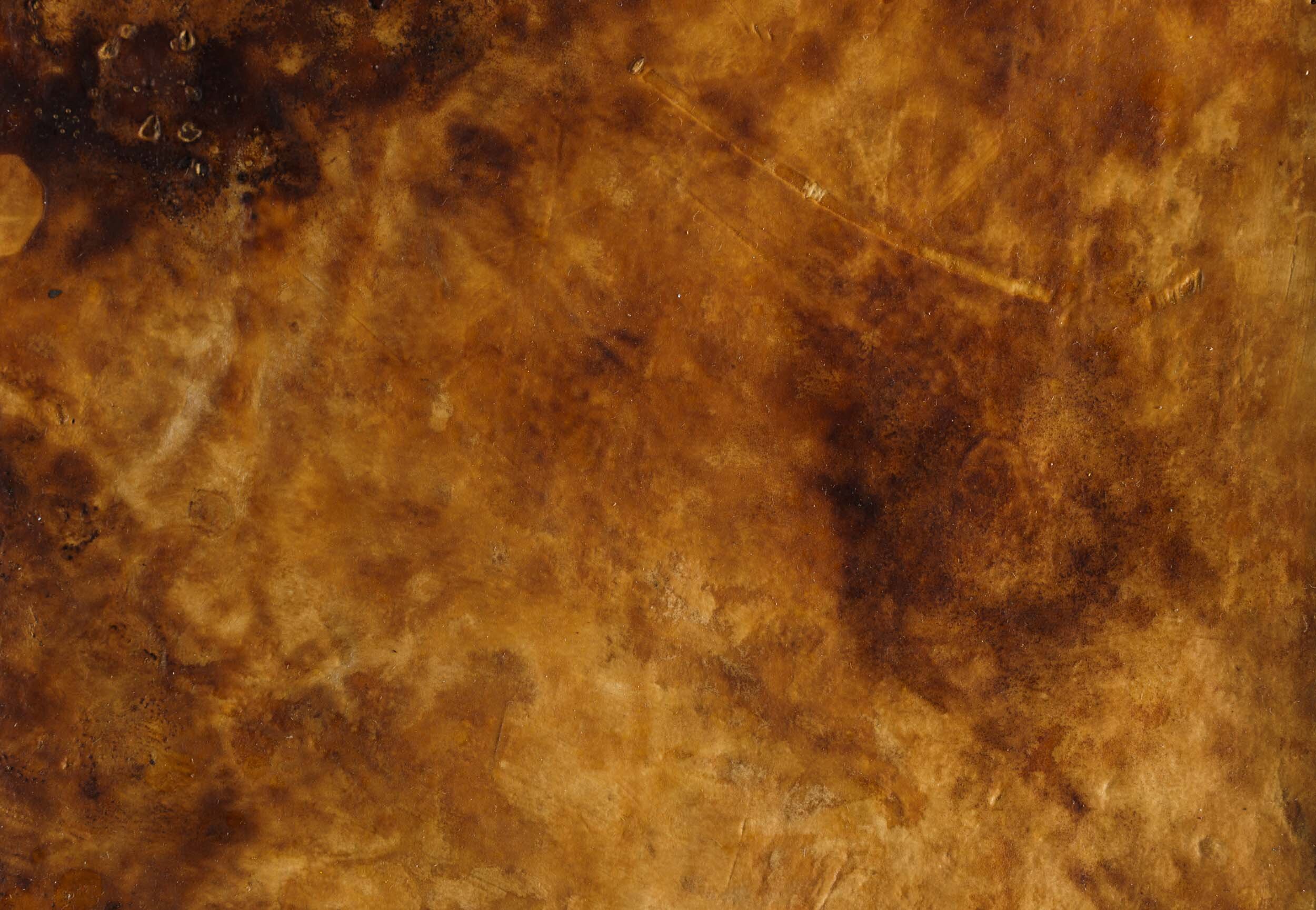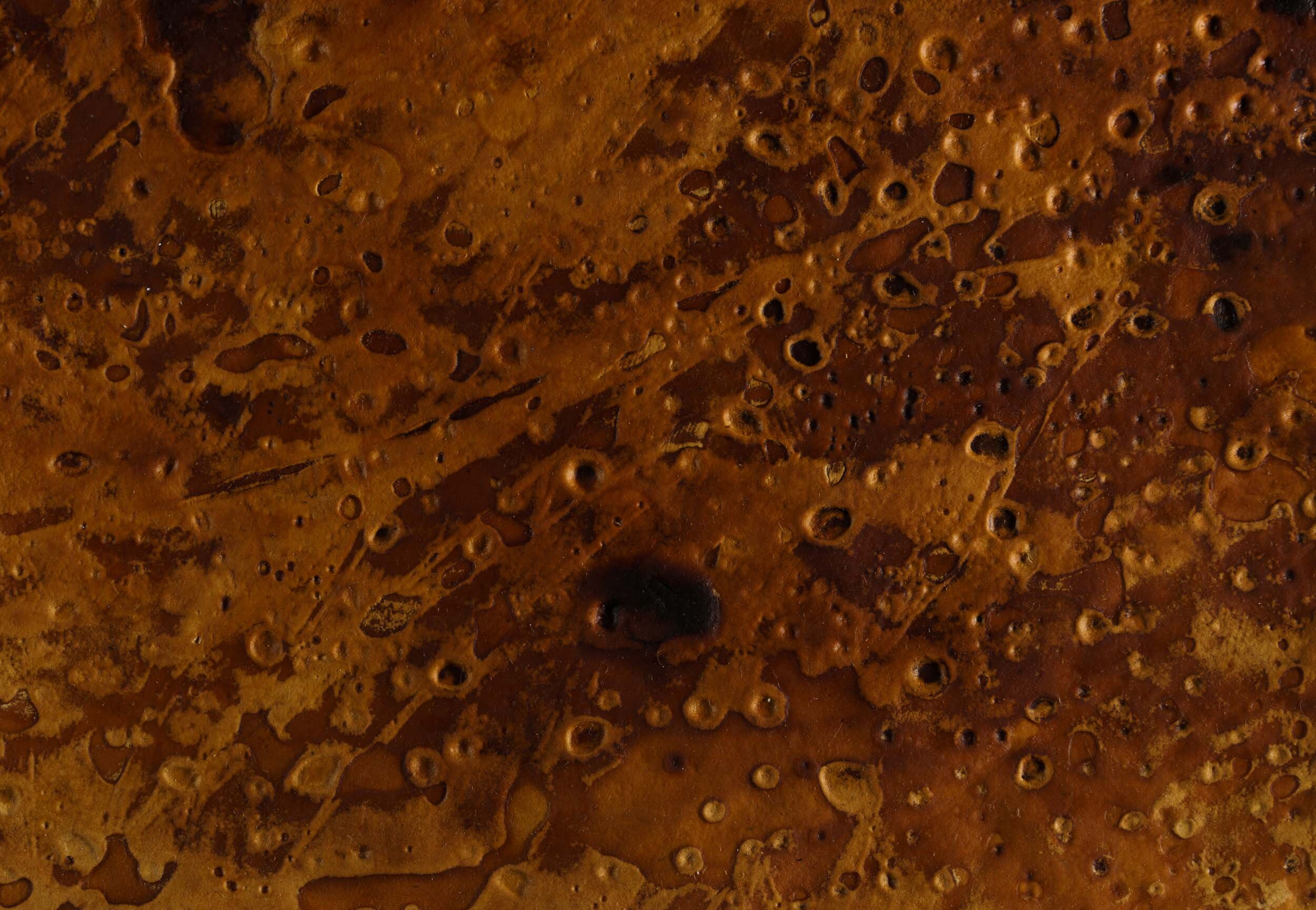Ecco Leather - Chapter III
Mycelium
Mushroom Leather
From the future material development archives, an entirely carbon negative leather made from organic-waste, and designed to be grown on Mars.
An incredible R&D project with ECCO Leather
Photography - Marinó Thorlacius
R&D
Mycelium Mushroom Leather
In 2015 we began to develop a material revolution from mushroom, shifting the needle on alternative material resources.⠀⠀⠀⠀⠀⠀⠀
We grew it into a lastable leather alternative, a solid wood-type structures, and my favorite, a dense foam that can replace Poly Urethane & [PU & TPU] for shoe soles.
Mycelium leather is carbon negative, uses organic waste as its nutrient source, and can be taken off-world as a vial full of spores. ⠀⠀⠀⠀⠀⠀⠀⠀⠀
The goal of creating a material that eats waste, sucks carbon out of the air, and sidesteps the heavy load from livestock farming and the skin industry, was not only to lighten Earth's load, but to create a realistic, sustainable Mars material roadmap.
When taking an object like a cup into space costs tens of thousands of monies, we aren't taking cows and tanning equipment interstellar, we are taking mycelium.
Here you see some of the color trials. We went full spectrum, covering all shades and tones.
Mycelium Mars Boot - March 2016⠀⠀⠀⠀⠀⠀
Here is one of the lasted boots styles we made from the functional mycelium leather and foam for internal presentations in early 2016.
The idea came from solving the problem on how we would deal with waste on any off world colony, while also being able to develop materials without stripping the natural resources.⠀⠀⠀⠀⠀⠀⠀⠀⠀
Mycelium is the answer. Here we created a functional prototype set with upper, closure and sole.
It is made from one piece of draped mycelium leather, and the midsole/ outsole foam is grown into a mold to specific design form.
The leather grows in flat sheets and is constructed into a boot using common modern machining methods which stress, stretch, heat and freeze the materials to the extreme.
These heavy industrial processes, as opposed to heritage cobbling methods, show the crazy achievements in strength and usability. ⠀⠀⠀⠀⠀⠀⠀
In other trials we grew the leather straight onto a last form, however there is a trade off between the amount of space needed for growing onto 3D objects versus the flexibility and efficiency of vertical farming enormous flat sheets. On an interstellar ship, efficient use of space is key - You can grow mycelium to the size of a football field in 3 weeks, feeding it organic waste.
Livestock take... a very long time and use much more resource than the meat and skin you get in return.
From mushroom leather to mycelium foams.
Replacing polyurethanes for dense waste-eating, carbon negative vegetations
From the R&D we discovered that one could create an intelligent planned obsolescence.
It is counter intuitive, I know, but instead of producing longer lasting shoes from durable materials, that use heavy impact industries and will never break down completely., despite being made from the illusion of ocean recycled plastics,
We can grow shoes that may only last for a month, from 100% biodegradable materials, but break down completely... and are even "eaten" as a material resource by the next shoe being grown, endlessly turning the waste into the new object with zero impact.



